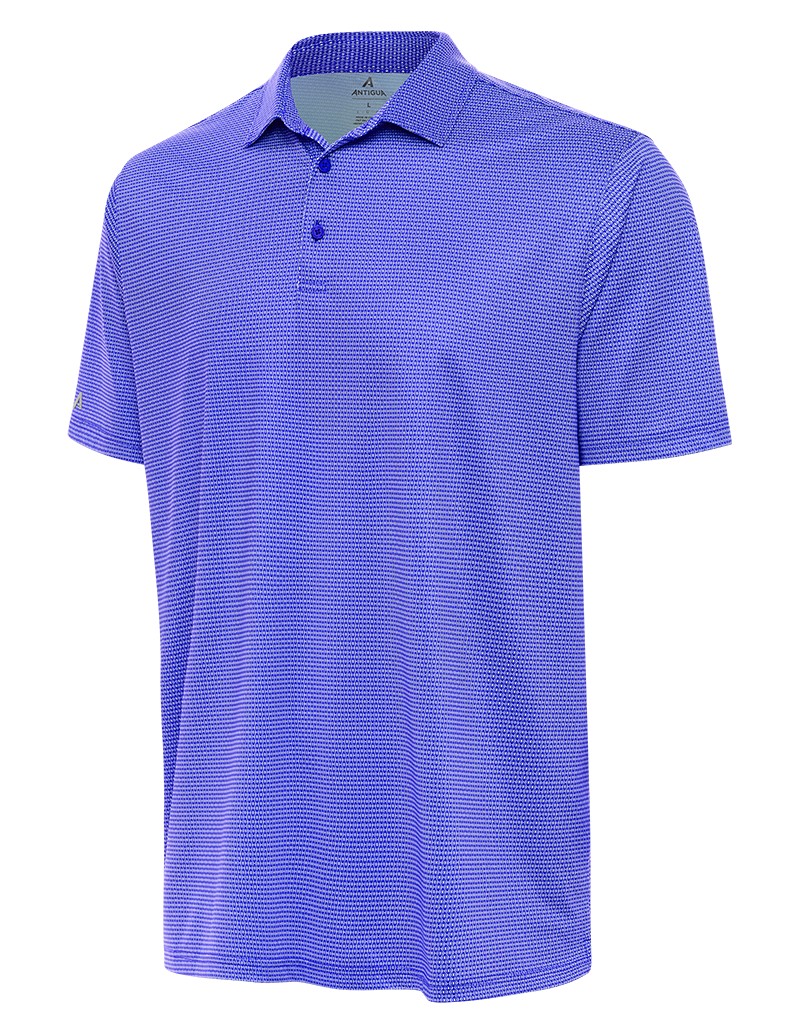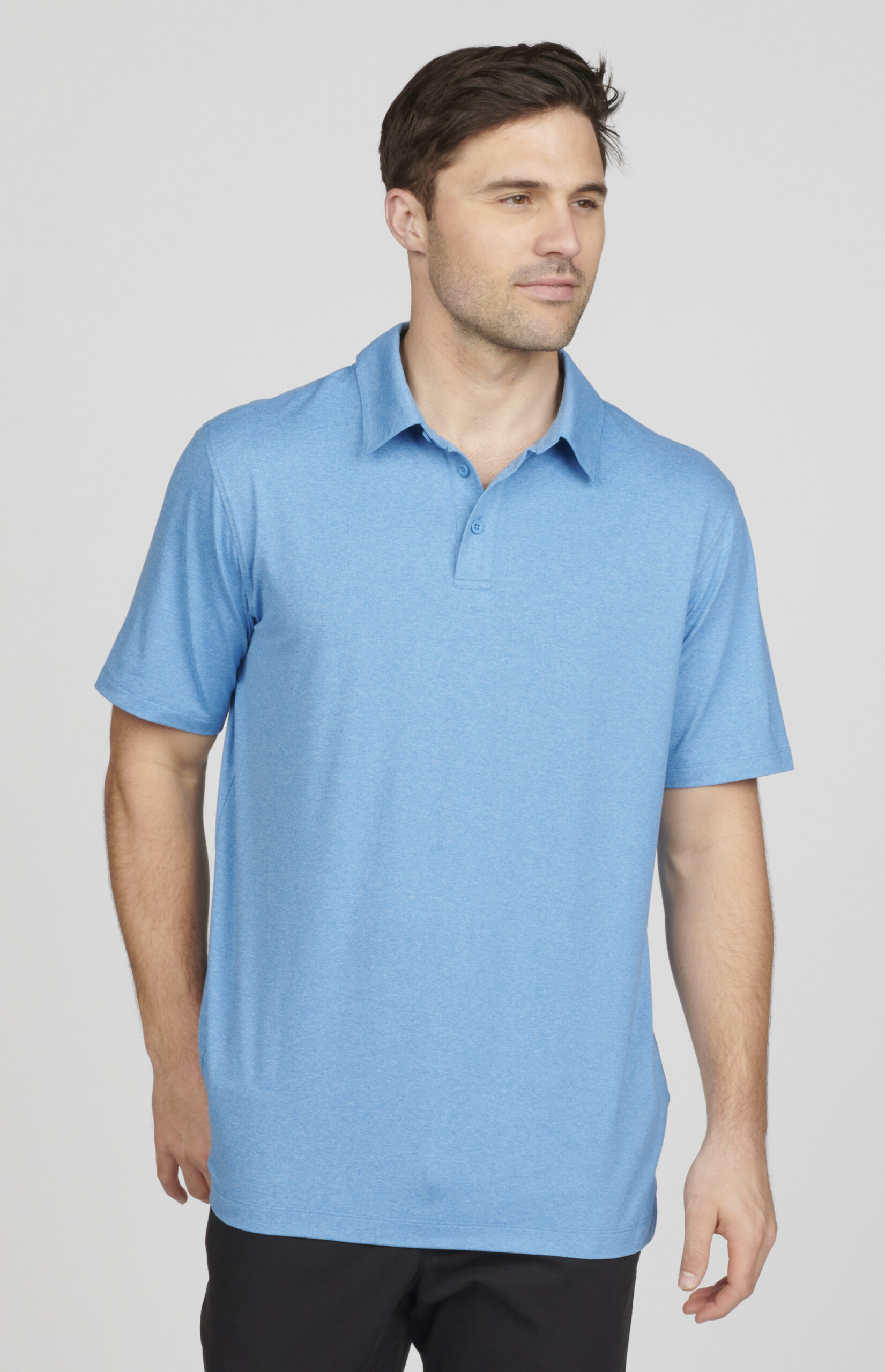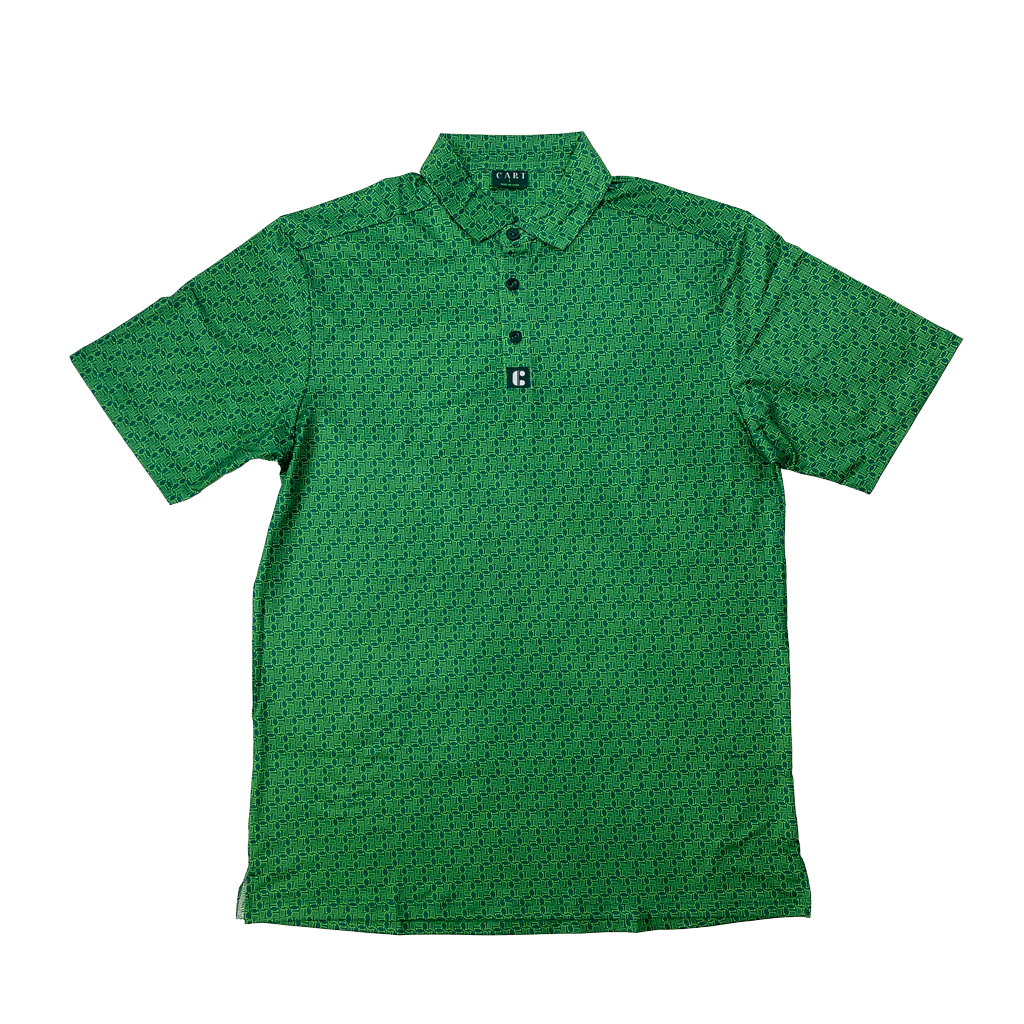We’ve all gotten the standard promo T-shirts, but let’s be honest: You can only take home so many T-shirts before your “sleep shirt” drawer starts to overflow.
And this isn’t to rag on T-shirts—they’re obviously a great promotional tool. But, have you ever considered elevating your apparel game with polos and business casual wear, especially now that we’re seeing a greater shift into the business casual space as we all adjust from two years of working from home in our pajamas?
And this isn’t to rag on T-shirts — they’re obviously a great promotional tool — but have you ever considered elevating your apparel game with polos and business casual wear? As we all adjust from two years of working from home in our pajamas, we’re seeing a shift into the business casual space.
Kristine Widulski, director of sales for Chester, New York-based FPS Apparel, explains that today’s corporate environments are generally becoming more casual, so polos are becoming more prevalent in workplaces that you would have traditionally seen business professional attire, like suits. As a result, companies are looking for ways to promote their brands on apparel that their employees will want to wear, and Widulski believes that polos and business casual attire enhance brand awareness in a unique way.

Antigua Apparel
“They can be designed to be subtle with something as simple as a logo and private labels, or with a bright and colorful print in your brand’s colors,” she says. “They’re also a great tool because you can wear them almost anywhere — whether it’s at a company golf outing or just a normal day.”
Nicolette Dykstra, director of merchandising and technical design for Edwards Garment in Kalamazoo, Michigan, is another believer in the idea that polos and business casual attire like quarter-zips can be worn in many different spaces, making them a great opportunity for branding in both the office and on the weekend.
“Polos can be worn as a standalone silhouette or can be worn underneath a blazer or a lightweight outerwear piece, which is why employees feel comfortable wearing polos out after work, which helps the brand they represent,” Dykstra says.
An Eye for Quality
Let’s be real: If you receive a low-quality item of clothing from, say, a charity event or trade show, it’s not going to see the light of day very often.
Ty Cannon, national sales manager for Antigua Apparel in Phoenix, Arizona, says that when it comes to polos, people will know the difference between good and bad quality, and whether they wear it hinges on that.
“Most importantly, select a shirt that someone will want to wear again and again,” he says. “The last thing we want is a poor-quality shirt that goes straight to the trash or the donation pile.”

Edwards Garment
The quality of the shirt reflects the brand whose logo is embroidered on the chest, after all.
“It’s all about perception, right?” Dykstra says. “Just like you do not want your brand being represented in a ratty T-shirt that I would clean my garage out in, you do not want to put people in a polo that is not up to the standard you need it to be. Think about snag-proof polos that will not leave a less than desirable look.”
Widulski advises that a garment can also tie in with and complement the promotion itself. She explains that, for example, a thicker, more structured polo may be a better fit for something indoors and professional, like a tradeshow or corporate summit. Whereas a lightweight, looser fit polo might be better for a festival or another outdoors event.
More with Less
Unless you’re Gucci or Versace, there is no need to aggressively blast your brand onto an article of clothing —especially if you want the person on the receiving end to wear it past the parking lot.
Cannon explains that when it comes to polos, distributors should embrace subtlety.
“Making sure the logo looks good is very important,” he says. “If the logo is so big that it looks more like a billboard, then there is a good chance the shirt won’t be worn again.”
He offers a specific example of a decoration choice that made him want to keep wearing an item he received.

FPS Apparel
“I played in a charity tournament that gave a polo shirt to all participants,” he says. “The logo was massive, but they put the logo on the sleeve and used tonal thread to match the garment. I wore that shirt for years because it looked good and the logo was clean. If the logo was five different colors and on the left chest, I probably would have donated it and never worn that shirt again. Customization and decoration of the shirt makes all the difference.”
Dykstra takes that idea a step further, advising that distributors can go the custom decoration route, which makes the end-user feel like they have something even more special that was tailor-made for them. And doesn’t everyone want something that looks and feels like it was made just
for them?
“Any customized product creates brand perception,” Dykstra says. “Keep in mind that custom polos can not only elevate the look, but also add a special touch of uniqueness where this is an exclusive look for the brand or event — nobody else has it. Between the appeal of a unique look with certain colors and/or fabrications, as well as the exclusivity of the polo, [you] can often increase the effectiveness of a custom polo in promotional product opportunities.”
Widulski explains that you can make your branding as subtle or loud as you want, but if you want to make customization a little easier in the long run, she urges that companies should have artwork on hand for designers to work with.
And as for what distributors can do and keep in mind when it comes to polos and other business casual attire, Widulski warns to not get “tunnel vision,” or simply going with what people might expect due to history. It harkens back to Cannon’s point about the shirt he received at the golf event.
You can go the easy route, but the garment will be much more memorable and, therefore, effective as a promotional tool, if you think beyond chest embroidery and see the many other decoration options in play on a shirt, jacket, sweater, and more.
“A common misconception I see distributors have about polos is that they should just be plain with a left chest embroidery,” Widulski says. “There are so many custom options, such as woven labels, hem tags, and custom buttons that can make the polo so unique and help a brand stand out more.”



